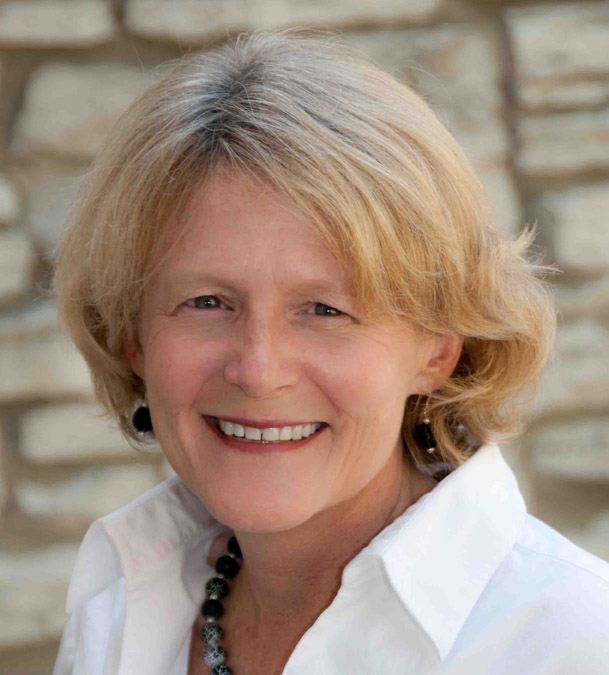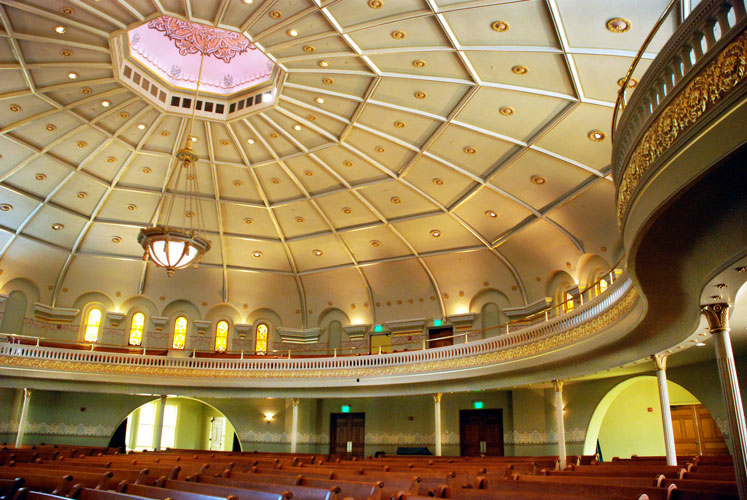Indiana at 200: The Social Gospel Pastors

Andrea Neal
By ANDREA NEAL
From his pulpit at Plymouth Congregational Church in Indianapolis, the Rev. Oscar C. McCulloch missed no opportunity to push his congregation out of the pews and into the world.
“Here lies our work,” he exhorted one Sunday, unveiling a vision of a church that educated, entertained and provided role models to the “wretched” poor of the city. “I want to teach the poor that their best friend is the Christ and that all good is in His name.”
McCulloch, who served his congregation from 1877 to 1891, was one of the earliest and most influential proponents of a Protestant religious movement called the Social Gospel. A response to the negative effects of the Industrial Revolution, its purpose was threefold: to meet immediate needs of the suffering, to bring them to Christ and to make government aware of its obligation to use policy to improve the lives of the less fortunate.
In Indiana’s biggest cities, churches established rescue missions and hospitals. They opened settlement houses where immigrants could find temporary lodging and learn English. They supported workers’ strikes and urged passage of temperance laws.
McCulloch used Sunday morning to speak to the powerful about their obligation to humanity. His sermons focused on the relation of capital to labor, the exploitation of child and female workers and unethical business practices. Outside church walls, he advocated better coordination of the charitable sector and served as president of the Indianapolis Benevolent Society and the Charity Organization Society.
![]() Churches could do only so much to address social ills, McCulloch believed; he constantly lobbied the General Assembly for funding and regulatory action. In a sermon titled, “Some Things I Want the Legislature to Attend To,” he urged free kindergarten, vocational education and separating young offenders from hardened criminals.
Churches could do only so much to address social ills, McCulloch believed; he constantly lobbied the General Assembly for funding and regulatory action. In a sermon titled, “Some Things I Want the Legislature to Attend To,” he urged free kindergarten, vocational education and separating young offenders from hardened criminals.
Similar themes sounded from the sanctuary of Central Avenue Methodist Church in Downtown Indianapolis. As early as 1877, Rev. Reuben Andrus urged his congregants to seek “cessation of wars, diminution of poverty, better clothing, better shelter, better food for the people, enlarged securities for health.”
In 1893, the women of Central Avenue created an outreach for homeless girls and unwed mothers, a first-of-its kind facility in the city. Called Door of Hope, the endeavor expanded to meet the needs of transient men and was renamed Wheeler Rescue Mission. In 1899, Rev. Charles Lasby pushed for funding of a Methodist hospital. Between World War I and the Great Depression, Rev. Orien Fifer preached about labor relations, child labor and the evils of divorce, many of the same issues that consumed McCulloch.

The former Central Avenue Methodist Church was the mega-church of the Social Gospel era, packing more than 1,300 congregants into the pews on Sunday. (Photo courtesy of Indiana Landmarks).
Though McCulloch’s Plymouth church was torn down in 1901, the congregation survived as First Congregational Church of Christ. It relocated on the city’s north side and continues to be known as of the city’s most progressive congregations.
The preservation group Indiana Landmarks took over the vacant Central Avenue Methodist Church in 2011 and operates it today as its state headquarters. Tours are available most Saturdays in the summer.
The highlight is the dome-ceilinged Grand Hall, the former sanctuary, where as many as 1,300 parishioners packed the pews in the early 1900s, making it the largest Methodist Church in Indiana.
“The center continues in many ways the traditions of the Social Gospel movement through its community outreach and by providing a multifunctional space which serves the whole person through music, art, community forums, lectures and celebrations,” said Indiana Landmarks President Marsh Davis.
Directions: The Indiana Landmarks Center is at 1201 N. Central Ave., Indianapolis.
The former Central Avenue Methodist Church was the mega-church of the Social Gospel era, packing more than 1,300 congregants into the pews on Sunday. (Photo courtesy of Indiana Landmarks).
